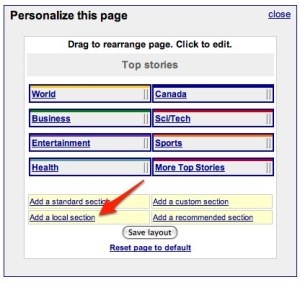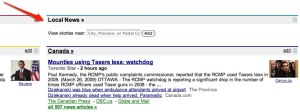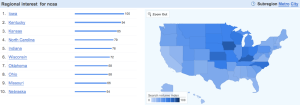Last year we announced the launch of local news in the U.S., and this week we launched this feature of Google News to users in the UK, India, and Canada.
Local news sections let you keep track of current events in your area. We analyze every word in every story to understand what location the news is about and where the source is located. The top stories for a given area will be at the top of your results, and our rankings also take into account a publication’s location to promote local sources for each story.
To get started, look for the local section on your front page and enter your city, state, or postal code in the local search bar, shown here:
If you don’t see this section, you can also set up your local news by clicking “Personalize this page” on the top right of the page. On the menu that comes up, click “Add a local section”:

Once you’ve clicked the link, you’ll see a place to enter a postal code or city. Use the drop-down menu to choose the number of stories you’d like to see. To finish, click “Add Section” and you’ll see this local section on your personalized Google News page.

